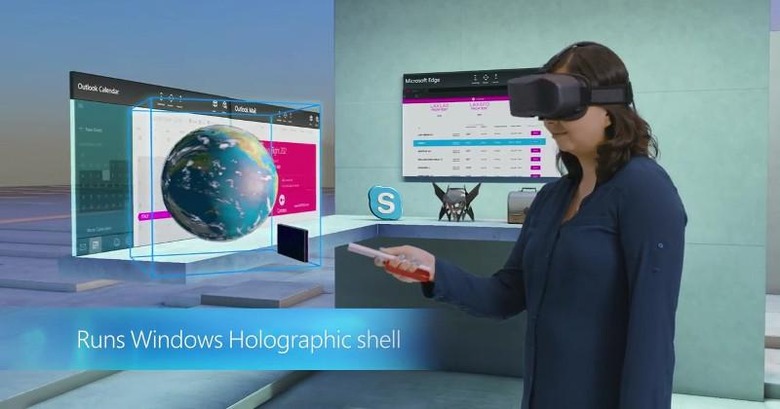Microsoft's AR thrust is exactly what the market needs
Holding it precariously so close to Google I/O, Microsoft's own BUILD developer conference may have felt a bit more subdued, somber, and serious. Its most "futuristic" technology lacked the hype and pizzazz the usually surrounds its counterparts from other companies. Microsoft's new AR push, perhaps to the disappointment of consumers, was squarely aimed at industry and enterprise customers and that is actually the perfect recipe to keep augmented reality from being passed up as a fad. Because for AR to grow, thrive, and survive, it has to be taken seriously and you can't get more serious than the enterprise market.
Despite being mainstream for a couple of years now, virtual reality and augmented reality still have the stigma of being technologies designed to entertain. They were born out of science fiction and grew up in films and pop culture. The very first VR and AR experiences revolved around games, virtual worlds, movies, and the like. It's no wonder, then, that very few people see these platforms as the next wave of computing their proponents preach them to be.

Of course AR and VR have the potential to do so much more, especially AR, which can seamlessly blend what is real and what is not. There have been a number of tech and app demos proving that point but it's still a difficult leap to make, especially for consumers who can barely afford even just one AR headset. That is less of a problem in enterprise settings and, coincidentally, it can also be a profitable proposition for Microsoft.
Redmond didn't announce any new Mixed Reality or HoloLens headset. What it did reveal are two applications of mixed, which is to say augmented and virtual, reality for business and industry use cases. One is pretty much an extension of some of the new AR shopping apps that have popped up recently. Microsoft Layout allows customers to design their planned arrangement of equipment in virtual reality and then test that out in augmented reality.
Despite its boring name, Microsoft Remote Assist is admittedly fancier. It mashes up group video chat, screen sharing, and real-time collaboration in one hi-tech scenario. Almost all of these have existed before, separately and in different forms. The innovation here is in fusion of hardware and software into one, seamless, augmented reality.
It's not "sexy". It might not even be ready for deployment just yet. And even if it were, it will be far out of reach for consumers, both in price and in usefulness. But that's OK, perfect even. Augmented reality and mixed reality needs time to grow, especially in terms of "serious" applications. That market also needs an influx of investment and profits to keep it from sinking. And those can hardly come from a whimsical, fickle, and extremely broad consumer market. At least not yet.
Microsoft isn't turning its back on that market. Or at least it hopefully isn't. It is bidding its time, waiting for users to finally come to grips with these emerging technologies that they literally cannot touch. But rather than wait in silence, letting its technology rot and its investments go to waste, Microsoft is setting its eyes on another market where it could continue developing its mixed reality platform and make a profit out of it. The enterprise might not be sexy and may even be downright boring for you and me, but it's going to get the job done and pave the way for that second wave of computing.
